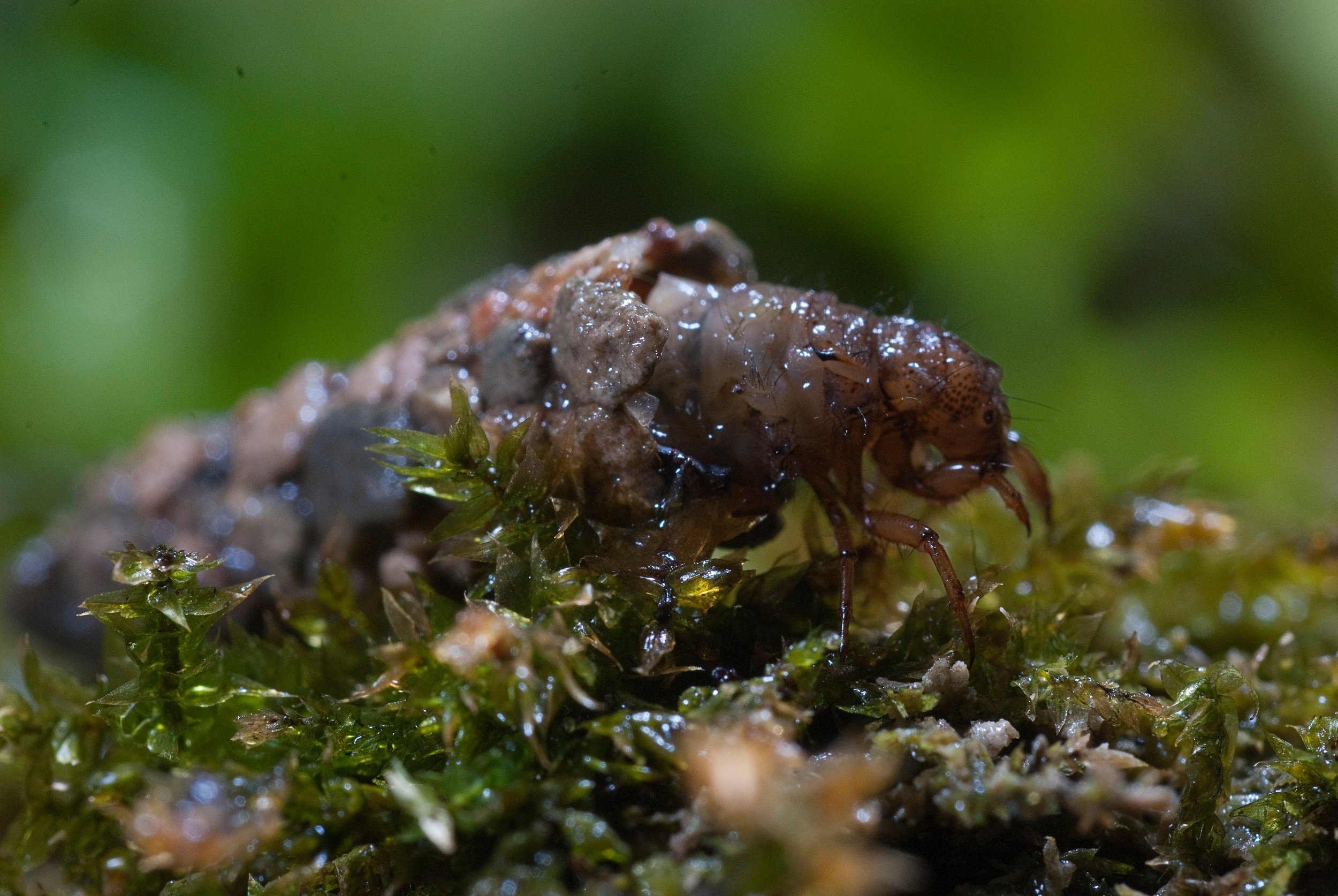
Extended Riverfly
The Riverfly Extended Scheme, an expanded version of the Riverfly Monitoring Initiative (RMI), was launched with two main goals:
To provide more detailed data on streams and rivers — interpretation of these data is aided by two new biotic indices to detect and measure pollution and habitat degradation.
To provide a training and progression pathway for volunteers to develop and improve their freshwater invertebrate identification skills. Once volunteers are confident in their bankside identification of the eight RMI groups, they can progress — Extended is not a starting point for anyone wanting to monitor the health of their waterways.
The number of freshwater invertebrate groups monitored is expanded from the eight in RMI to thirty-three in the Extended scheme.
The Extended scheme is supported by an identification chart and training workshops, both of which have proved very popular with volunteers. It is hoped that the addition of this new Extended Scheme will encourage greater engagement in Riverfly monitoring, provide existing monitors with a way to further their knowledge and attract more volunteers to this fascinating subject. This will help to preserve and conserve the valuable wildlife of our streams and rivers.
Training includes background information on how the Riverfly Extended Scheme was developed as well as hands-on bankside sessions for the identification of the thirty-three invertebrate groups. Details of training can be obtained from your local RMI hub coordinator.
The Chart
The primary tool for Extended Riverfly monitoring is the new identification chart, which includes:
photographs of all 33 invertebrate groups
distinguishing identification features
habitat and feeding notes
information on tolerance to environmental stressors
Videos
The identification chart is supported by a comprehensive set of YouTube® videos to aid in the recognition of invertebrates. These short clips are filmed live at the riverbank and appear just as you will see them in your sorting tray.
There are two field data recording forms available for the Extended Riverfly scheme:
April – September 6-month survey form. Available here.
Single-use survey form. Available here.
Biotic Indices
Biotic indices convert the detailed information on the invertebrate groups found into a simple numerical value that reflects how much a sample has been affected by a particular environmental stress.
The two biotic indices for Extended Riverfly are:
Water Quality Score — this index summarises the organic pollution and general degradation affecting a sample.
Silt and Flow Score — this index summarises the siltation and flow stress affecting a sample.
These biotic indices are complicated to calculate, so we recommend entering your Extended Riverfly data into the database, as this will calculate the indices for you. Further information on the biotic indices can be found on page two of the 6-month survey form.
Further Information about Extended Riverfly Development
Further information on the background of how the Extended Riverfly scheme was developed can be found in the launch video here:
Further information
Read an article by Riverfly Partnership Co-Chair Steve Brooks, introducing the project and summarising the results as of October 2024.
View a presentation on the project by Will Bartle and John Bolton
View a poster ‘Developing a Riverfly Extended Scheme’
Other Riverfly core projects
-

Riverfly Monitoring Initiative (RMI)
-

Urban Riverfly
Images on this page: Jonathan Plimmer, Andrew Head, (all Flickr).







